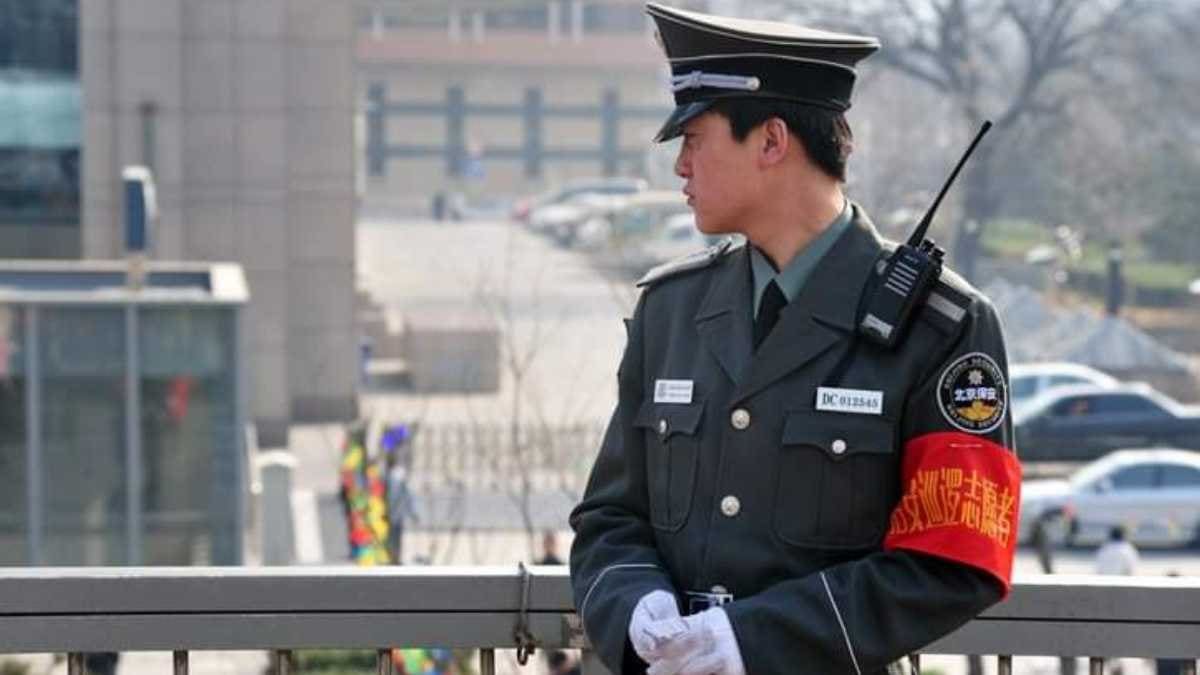China Needs To Be Tackled Together

The United States cannot tackle China alone – it needs allies. The US must cooperate with Europe, as well as with small and large nations alike. If all Western democracies band together, it will be easy to contain China as the balance of power will be equal. If any country tries to do this alone, it will inevitably fail.
Europe must make a choice: it can be friends with China and live in a world envisioned by the Communist Party, or it can resist China’s influence, but this will require allies. And the only real big ally is the US.
We may have already forgotten, but the situation currently endured by the Mongolians and Tibetans is the same one faced by people of the Baltic states during Soviet occupation. Their languages have been marginalized, their history perverted and their communities torn apart by forced migration. They often feel helpless, just like the Baltic states did, and they too wish to regain their freedom and escape the grasp of Beijing’s dictatorship.
Beijing is not used to being ignored. In response to several European countries sending their warships to the South China Sea, it is now looking for ways of sending its own ships to the Mediterranean. Chinese Defense Minister Wei Fenghe plans to visit Hungary, Serbia, Greece and North Macedonia during his visit that will last until 31 March. Spokesman for the Chinese Ministry of Defense Ren Guoqiang told media that these visits are taking place after invitations from the defense ministers of the mentioned countries.

The reality, however, is different because diplomats very barely able to squeeze these visits through the eye of a needle, as EU member states and China both imposed sanctions against particular individuals. In response to the sanctions the EU imposed against Chinese officials for the repressions of the Uighur minority, China in mid-March included ten EU citizens and four entities in its blacklist.
The Chinese Ministry of Foreign Affairs noted that among the people that “grossly interfere in the interests and sovereignty of China and maliciously spread lies and difinformation” are MEPs Reinhard Butikofer, Michael Gahler, Raphael Glucksmann, Ilhan Kyuchyuk and Miriam Lexmann.
It was already reported that the EU imposed sanctions on four Chinese officials and one state-controlled organization because of Beijing’s repressions targeting the Uighur minority.
This is a part of EU sanctions that have been imposed for human rights violations against individuals from Russia, North Korea, Eritrea, South Sudan and Libya.
The mechanism, intended to ease the process of imposing sanctions against violators of human rights, was initiated this month with sanctions put on four Russian officials for the jailing of Kremlin critic Aleksey Navalny.
These are the first sanctions the EU has imposed against Beijing since the 1989 arms embargo that followed the Tiananmen Square Massacre. Considering the global situation and the plans of the US to restrict China’s ambitions of expansion, as well as Beijing’s gross violations of human rights, more sanctions are inevitable to follow in the future.





